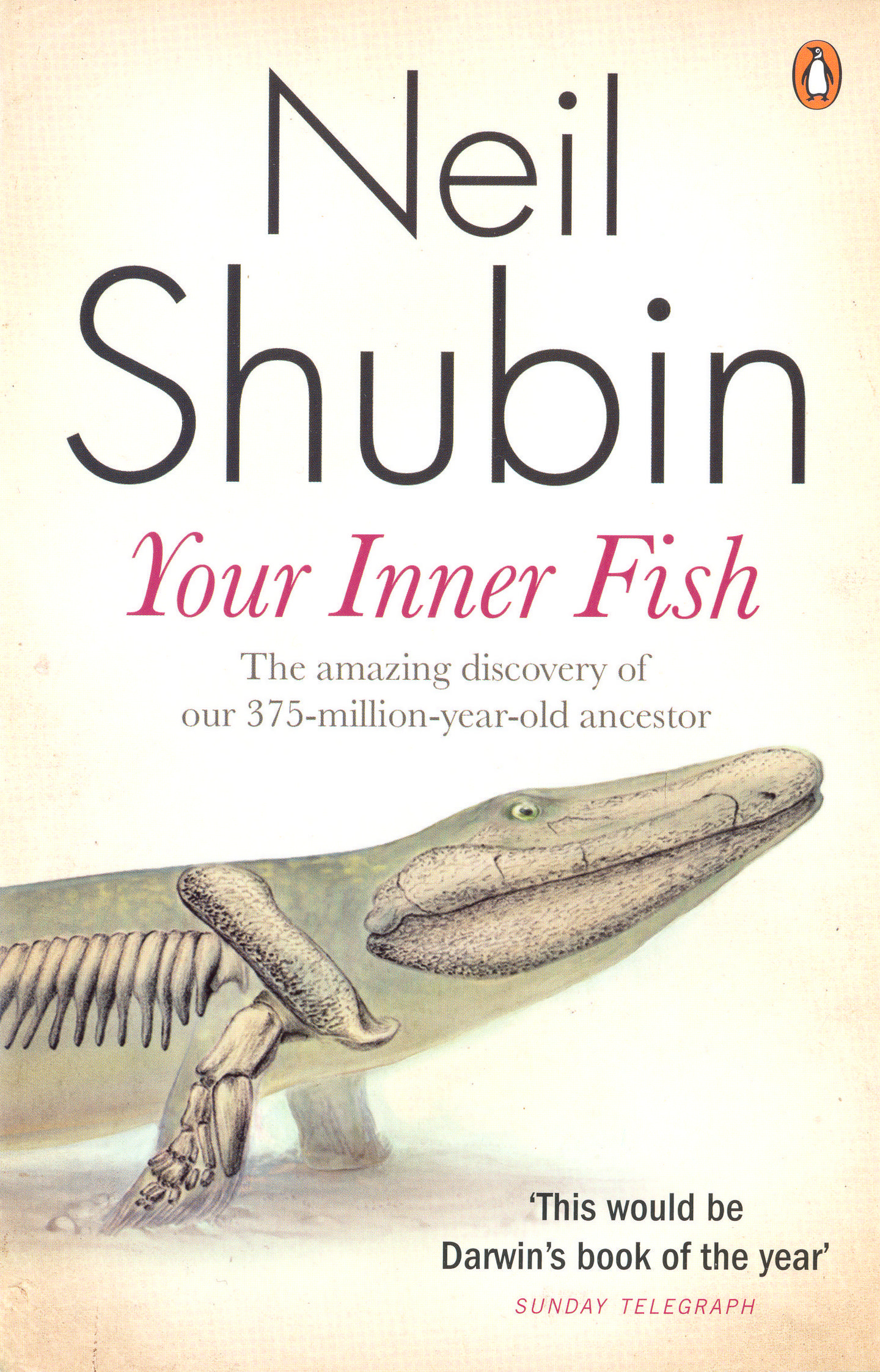All day, we went through the same routine. I
would enter the kitchen on silent feet and scan every surface until I located that small splash of green. There he
would sit, spread-eagle on the counter, leering at me with his reptilian gaze. I’d lunge for him and he’d hightail it back to the
safety of the alcove between fridge and stove. By evening he was so
emboldened that I found him lounging on the kitchen
table, taking in the last orange of sunset streaming through the French doors.
I made one last attempt as he skittered away, then I clicked off the light in disgust and
headed for bed.
I
didn’t see him for a few days, but I knew he was still around. I found his
calling cards: tiny black turds capped with the telltale white salt deposit. He was
mocking me.It wasn’t until Wednesday night, as I was stepping into the shower, that I looked down and, lo and behold, there he was, peering at me like a peeping Tom from the base of the sink. I slammed the bathroom door, blockaded the jamb, threw a towel over the air vent, and gave chase. After a few minutes of awkward naked scrambling, I had him. I clutched his plump little body firmly between finger and thumb and headed for the front door in triumph. It was at that moment that I took a good look at him and couldn’t help but notice our similarities.
He and I, like all vertebrates, share the same body plan, which evolved some five hundred million years ago during the Ordovician Period. Prior to the evolution of the vertebrates, the sea of life (and by that I literally mean “the sea,” since it would require a spine for our ancestors to venture onto dry land) was populated by invertebrates. The spineless had the run of the planet for over two billion years before the vertebrates arose.
The earliest vertebrates were the jawless fishes. You’re probably asking yourself, “What the hell is a jawless fish and how does one eat without a jaw?” Well, these strange creatures lacked movable lower jaws and thus were forced to scrape or suck their prey. The evolution of jaws made for more efficient eating, which led to more efficient hunting; a definite edge when your underwater neighborhood includes arthropods the size of NBA All-Stars. Two other necessities for life on land included lungs and limbs. In order to venture out of the water, it helped if you could breathe the air and get from point A to point B. Thus, the vertebrate body plan.
As
vertebrates, we have a front and back and a top and bottom, in contrast to
jellyfish - those beautiful, translucent blobs. We have a backbone that encases
and protects our spinal cord, with a head at one end containing a brain. We
have four limbs: two fore (arms) and two aft (legs), and we exhibit bilateral symmetry
- our halves are mirror images of each other (at least on the outside; our guts are another story). These are the basics of the
vertebrate body plan. Over millions of years of evolution, our
bodies have morphed into what they are today. All the strange and wonderful
adaptations we see throughout the phylum Chordata are accents on a basic plan.What I realized as I carried my little friend through the house was that our similar body plans alluded to a shared history. He is a cousin - many million years removed - but a cousin all the same. Our bodies speak of our common lineage. And with that thought, I released him onto the front porch and he disappeared into the night.
Here's a great read on the subject!



